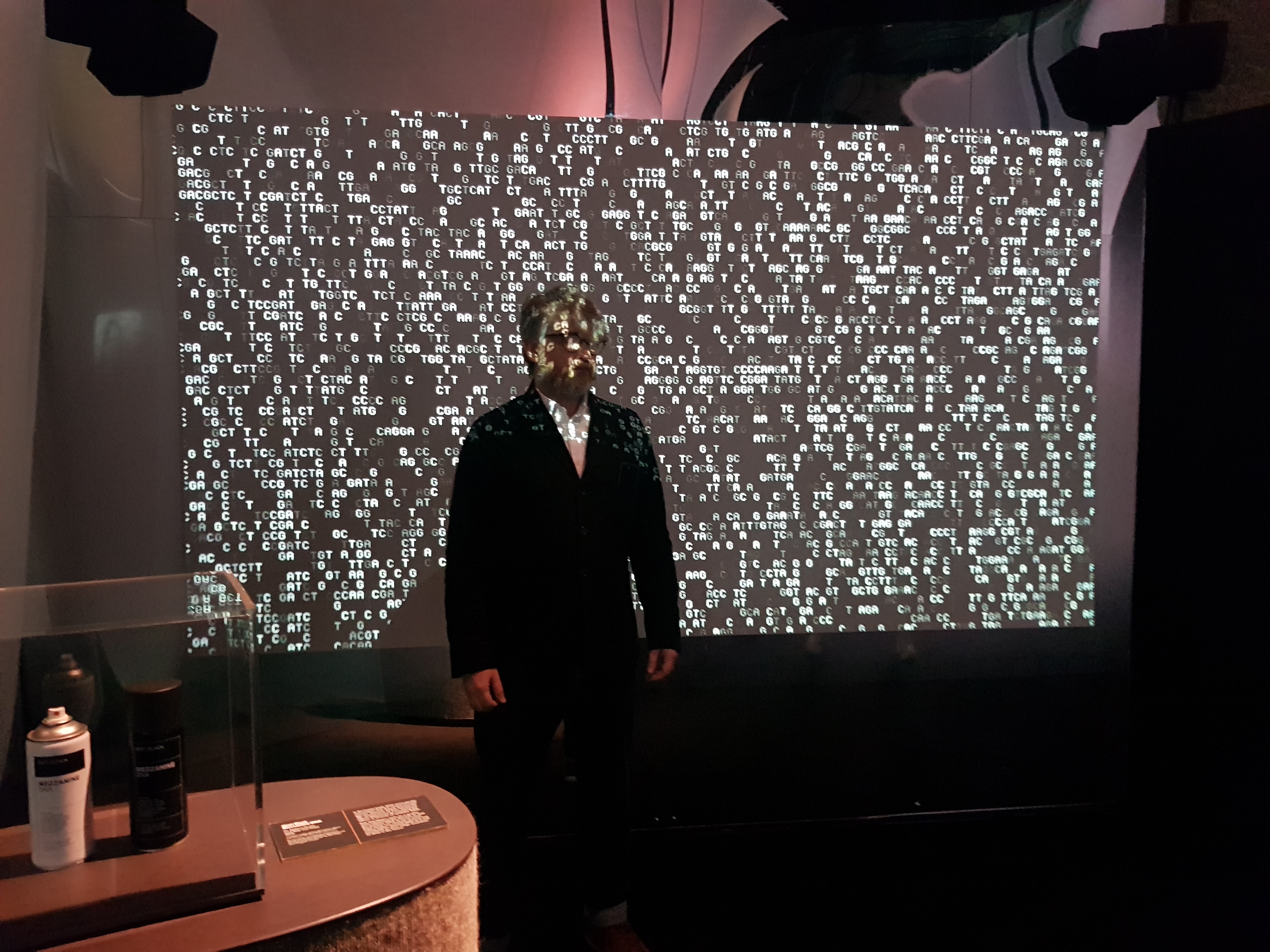A potential game-changer for the music industry just like the synthesiser in the 60’s, musicians and creators can now work with a radical online AI tool that transforms musical forms and enables new ways of music creation.
Set to give rise to a whole new generation of creative artists, anyone can now remix and generate their own interesting sounds simply and in high definition using AI software available via the platform of the UK sound research project MIMIC (Musically Intelligent Machines Interacting Creatively).
The project and technology is developed and led by Mick Grierson, Professor and Research Leader at UAL’s Creative Computing Institute (CCI).
A breakthrough in user-friendly AI technology integrated into software aimed at creatives, the system is showcased publicly as one of the exhibits at the landmark UK exhibition, AI: More Than Human [Barbican, 16 May- 26 August]. In Mezzanine vs. MAGNet, a collaboration between Massive Attack’s Rob Del Naja and Professor Grierson, working with students from UAL and Goldsmith’s College, SONOS and Andrew Melchior of the Third Space Agency, Massive Attack’s definitive creation Mezzanine has been fed into a neural network which has been trained to produce new sounds based on the original album. Exhibition visitors can interact with the installation and affect the volume and intensity of the resulting composition.
Professor Grierson said:
We’re very excited to launch the MIMIC platform to the public. This level of capability has been six years in the making, and represents technology that has never before been used to create something entirely original in terms of both method and output.
The potential for machine learning and creative computing to support creative activity is rich and compelling. MIMIC is specifically aimed at enabling artists to play with the newest techniques as part of their day-to-day creative practices. But the beauty of the technology and putting this online is that it also welcomes novice users and anyone who would like to experiment with sound as part of their creative production

Designed specifically to encourage artists to pursue new routes for creating music, MIMIC allows users to remix music to understand and apply new computational techniques in their own creative work. CCI has also released the machine learning libraries for more advanced users who want to use machine learning technology as part of their creative toolkit, and will be working over the next two years to develop the platform in collaboration with users.
The £1m MIMIC project is a collaboration between UAL’s Creative Computing Institute, Goldsmiths, Durham University, The University of Sussex, and Google Magenta and is funded by the UK’s Arts and Humanities Research Council. The project is a direct response to significant changes taking place in the domain of computing and the arts, with developments in Artificial Intelligence and Machine Learning revolutionising how music and art can be created. MIMIC involves end-users throughout, incorporating graduate students, professional artists, and participants in online learning environments.
The Creative Computing Institute offers innovative courses, research opportunities and a public platform to explore computer science and creative practice. It is part of how UAL explores the technology shaping our world and prepares a new generation of talent to shape it.

